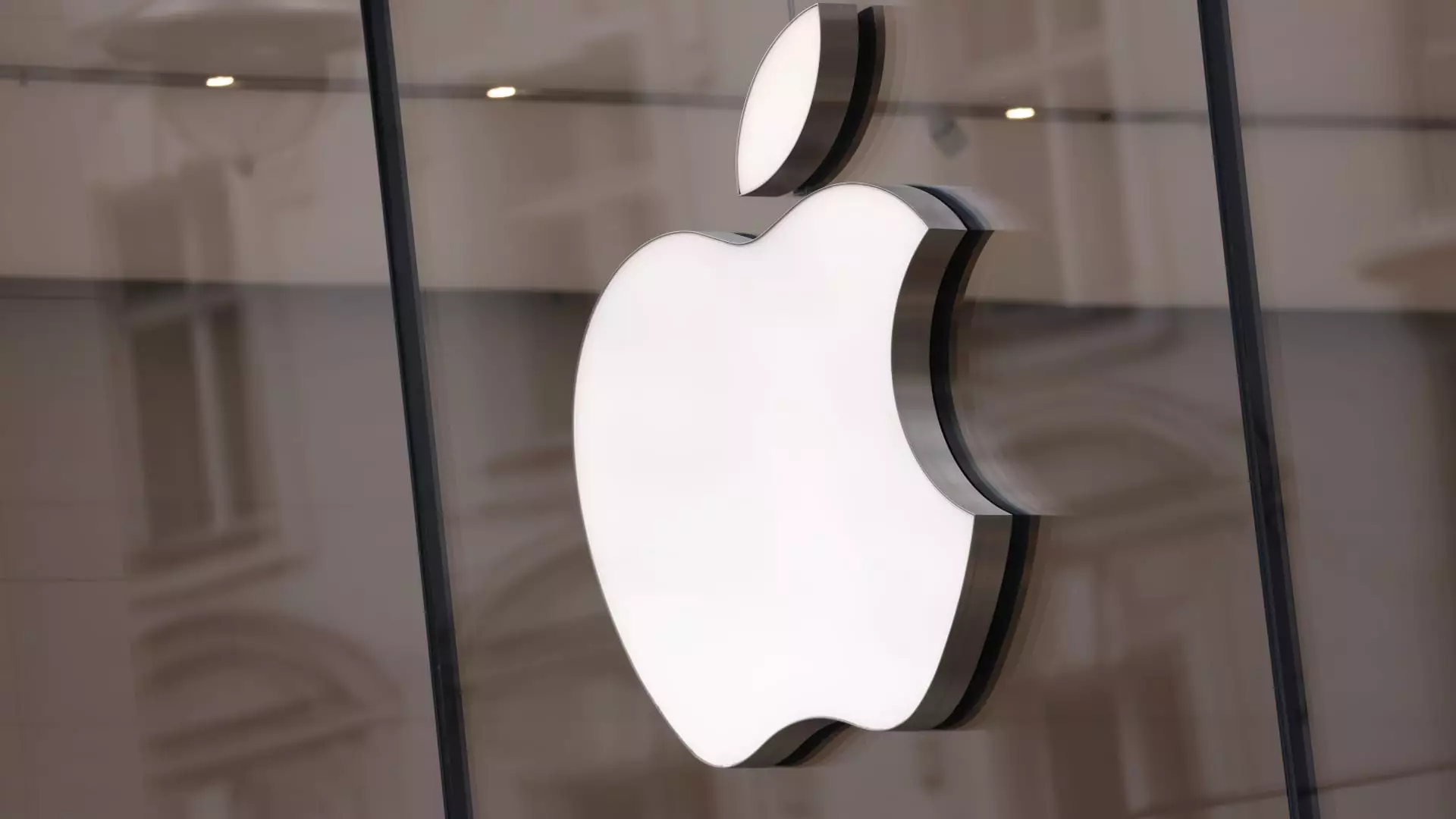In an unpredictable stock market landscape, tech names took center stage as investor optimism surged, largely fueled by speculation surrounding tariff negotiations between the United States and foreign countries. The potential easing of tariffs has revived hopes for better profit margins, particularly among heavyweights such as Apple, which, after enduring a punishing dip of around 20% in a mere three trading days due to its reliance on the Chinese market, saw its shares rebound by more than 3%. This jump, however modest, feels like a fragile lifeline—one that could just as easily cut off if the negotiations falter. In stark contrast to Apple’s tumultuous week, other tech giants, including Nvidia and Tesla, celebrated rises of approximately 6% and 5%, respectively. But one has to wonder: are these rebounds built on solid ground, or are investors merely indulging in wishful thinking?
Healthcare: The Unsung Heroes of the Market
The healthcare sector experienced a noteworthy uptick, particularly the stocks of UnitedHealth Group and Humana. Both companies soared after the Centers for Medicare and Medicaid Services surprised the market with a substantial hike in government payments to Medicare Advantage plans. UnitedHealth saw an impressive increase of 6.7%, while Humana’s stock skyrocketed by 10.8%. This rapid ascent speaks to the resilience of healthcare as a collective front—an arena where companies are often seen as beneficiaries of socioeconomic drivers, rather than mere market players. In a time when many sectors are grappling with instability, healthcare appears to remain a bastion of hope. Could this be a signal that the American populace’s growing need for robust healthcare solutions could steadily underpin stock valuations in this sector?
Traditional Finance: A Mixed Bag
Financial stocks had a tumultuous midday trading. Wells Fargo gained about 4% after Piper Sandler upgraded its rating to overweight, citing its attractive valuation against a backdrop of improving company fortunes. Meanwhile, Charles Schwab also showed significant promise, climbing 4.5% after Morgan Stanley’s favorable upgrade. Yet caution must be exercised: the financial sector often comes with its own set of baggage, particularly in the age of digital innovation and fintech disruption. Perhaps it’s time to rethink the criteria by which we judge the sector’s potential. Are firms like Wells Fargo and Charles Schwab on the brink of a resurgence in consumer trust, or merely riding on the coattails of broader economic recovery?
The Semiconductor Shifts
Broadcom let loose a whopping $10 billion share repurchase program, leading to a substantial gain of more than 7%. This move, described by CEO Hock Tan as a show of confidence in the company’s diverse product franchises, raises an intriguing question: does the act of buying back shares signal a genuine growth potential or a fear of stagnation? Meanwhile, Marvell Technology also enjoyed a significant boost of over 7% after entering into a lucrative all-cash agreement to sell its auto ethernet business to Infineon Technologies for $2.5 billion. Both instances illustrate the intense competition in the semiconductor market—where firms must continually pivot and adapt, lest they fall behind. Yet amid the flurry of acquisitions and share buybacks, are companies sowing seeds for genuine innovation, or are they too preoccupied with immediate financial engineering?
Market Meltdown: The Downside of Speculation
As the tech and healthcare sectors lifted spirits, a sobering reality emerged for others, notably in the realm of speculative investment. Janover embarked on a perilous venture into crypto, announcing a strategy centered around the Solana token. The immediate fallout was brutal, with shares plummeting more than 31%, erasing gains made from a recent 800% surge. The volatility underscores the dangers associated with speculative investments in an era where crypto assets are often seen more as a gamble than a reliable financial strategy. Similarly, Tilray Brands provided another cautionary tale, witnessing a staggering drop of over 11% due to disappointing third-quarter results. The company’s inability to meet revenue expectations signals that the growing cannabis market, despite its promising allure, harbors significant pitfalls that investors should carefully navigate.
In this intricate dance of market movements, optimism seems intermittently punctured by harsh realities. Investors must cultivate a discerning eye to navigate the cacophony of triumphs and failures interwoven into today’s financial tapestry. Amidst fleeting surges, one must question the sustainability of these gains and weigh the implications carefully.

